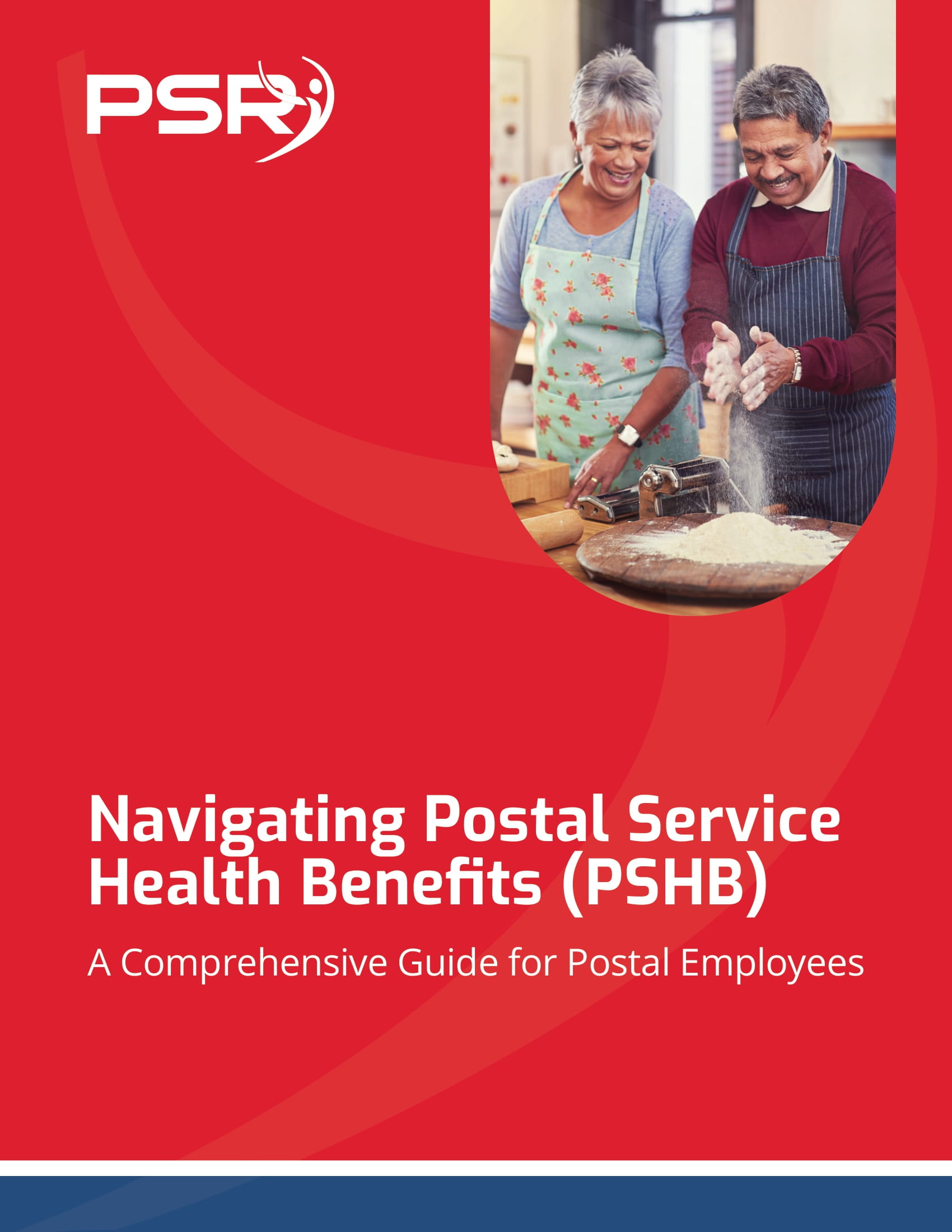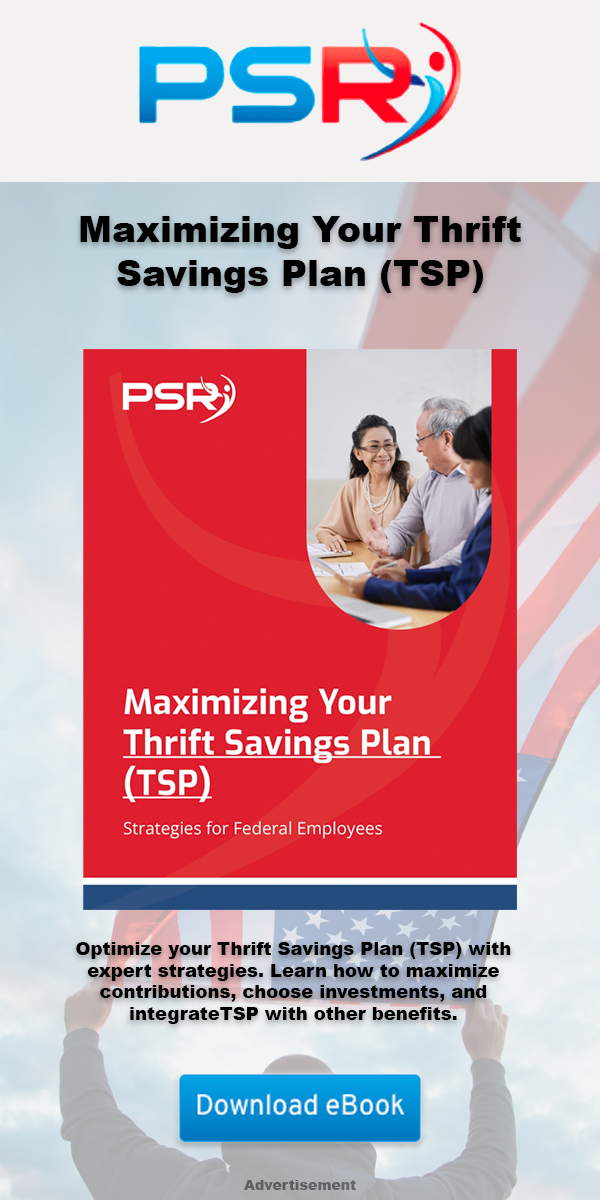Key Takeaways:
- Understanding TSP withdrawal options is essential for managing your retirement income effectively.
- Your choice of withdrawal method directly impacts how much of your TSP savings you can keep for future needs.
Feeling Unsure? Here’s the Key to Managing Your TSP Withdrawals
As a federal employee
- Also Read: Blending Private and Public Sector Retirement Plans Is Complicated—Here’s Where Couples Get It Wrong
- Also Read: The Silent Shift in Postal Service Retirement Benefits That Could Change Everything by 2026
- Also Read: The Side of Civilian Military Employment Benefits Nobody Mentions Until After You Retire
Your Withdrawal Options: Where to Begin?
1. Single Payment (or Lump Sum) Withdrawal
Taking your TSP savings as a lump sum might be tempting. You get the money all at once, which can feel reassuring. However, a lump sum withdrawal can bring a substantial tax burden in a single year, as the entire amount is added to your taxable income. This could bump you into a higher tax bracket, which means you’ll lose a chunk of your savings to taxes.
Key Considerations:
- Best suited for those needing a large amount immediately.
- Could lead to a higher tax rate due to the total amount withdrawn.
- Doesn’t provide ongoing retirement income.
2. Installment Payments
With installment payments, you decide on a set amount or percentage you want to receive each month, quarter, or year. This option gives you a steady stream of income that can feel a lot like a paycheck. The flexibility is a significant advantage, as you can adjust the amount as needed to accommodate changes in your financial situation.
Types of Installments:
- Fixed Dollar Amount: Receive a consistent amount for as long as your balance lasts.
- Based on Life Expectancy: Payments are recalculated annually to last as long as your life expectancy, spreading out your balance.
Key Considerations:
- Ideal for steady income without risking a hefty tax hit.
- Offers flexibility but requires planning to ensure funds last.
- Payment amounts can change with life expectancy recalculations.
3. Annuity Purchase
TSP also offers an annuity option. With this, you use a portion or all of your TSP savings to purchase an annuity, providing you with guaranteed income for life or for a specified term. An annuity can be a solid choice if you’re looking for financial security and a steady income.
Key Considerations:
- Best suited for retirees prioritizing a guaranteed income stream.
- A portion of your savings is locked in, and withdrawals aren’t as flexible.
- It can reduce funds available for emergencies or other significant expenses.
Key Timing Rules to Know
Required Minimum Distributions (RMDs)
If you’re turning 73 (or older) and still have TSP funds, the IRS requires you to start taking Required Minimum Distributions (RMDs). RMDs are the minimum amounts you must withdraw each year, beginning at age 73 (updated from 72 due to recent federal regulations). Missing an RMD can lead to a significant penalty, so it’s essential to plan withdrawals accordingly.
Waiting for Full Retirement Age
If you’re eligible for Social Security and haven’t yet reached your Full Retirement Age (FRA), tapping into your TSP before then could have tax and income implications. Depending on how TSP withdrawals affect your overall income, they could impact Social Security benefits if taken too early.
Key Considerations:
- Understand the RMD requirements to avoid penalties.
- Be mindful of how TSP income could impact Social Security benefits.
Plan for Taxes and Fees
Withdrawing from your TSP is rarely as straightforward as “taking money out.” Each type of withdrawal comes with unique tax implications. While you’ve been enjoying tax-deferred growth with the TSP, withdrawals are taxed as ordinary income.
Federal and State Taxes
When you withdraw, the federal government will withhold a portion for taxes by default, and your state may also require tax withholdings. To prepare for the tax hit, consider setting aside funds from each withdrawal or adjusting the withholding to avoid any surprises come tax season.
Early Withdrawal Penalties
If you withdraw from your TSP before age 59 ½, you might face an additional 10% early withdrawal penalty on top of federal and state taxes. This penalty doesn’t apply to everyone, but if you’re thinking about tapping into your TSP early, it’s worth reviewing the exemptions.
Making a Withdrawal Strategy: Tips for Success
1. Map Out Your Expenses
A well-planned withdrawal strategy starts with knowing your financial needs. Start by outlining your essential and discretionary expenses. This gives you a clearer idea of how much you’ll need from your TSP each month or year.
2. Assess Potential Income Sources
Remember that TSP funds might be just one part of your retirement income. Add up other sources like Social Security, pensions, or other savings accounts. This helps prevent over-reliance on TSP, which can help keep funds available for years to come.
3. Consider Future Healthcare Needs
As we age, healthcare costs tend to rise. You may want to set aside a portion of your TSP to cover out-of-pocket medical expenses or long-term care, especially if you anticipate needing such services. Planning for healthcare needs can prevent you from depleting your TSP too quickly.
Flexibility is Key: Adjusting Over Time
Federal employees have the advantage of flexible TSP withdrawals, so make the most of it. Remember, you can adjust installment amounts, change the frequency, or even shift strategies as your needs evolve. This flexibility means you can react to changes in your life without losing control of your finances.
If your situation changes due to unexpected expenses or if you just want to take a special trip, don’t hesitate to revisit your TSP plan and make the needed adjustments. The power is in your hands to ensure your TSP serves you in the way that best aligns with your life.
Take Control of Your Retirement Income
Navigating TSP withdrawals doesn’t have to be intimidating. By understanding your options, considering the tax implications, and developing a strategy tailored to your retirement lifestyle, you’re in control of your future. Your TSP represents years of hard work, and a thoughtful withdrawal approach can help you make the most of it, supporting the retirement you deserve.













